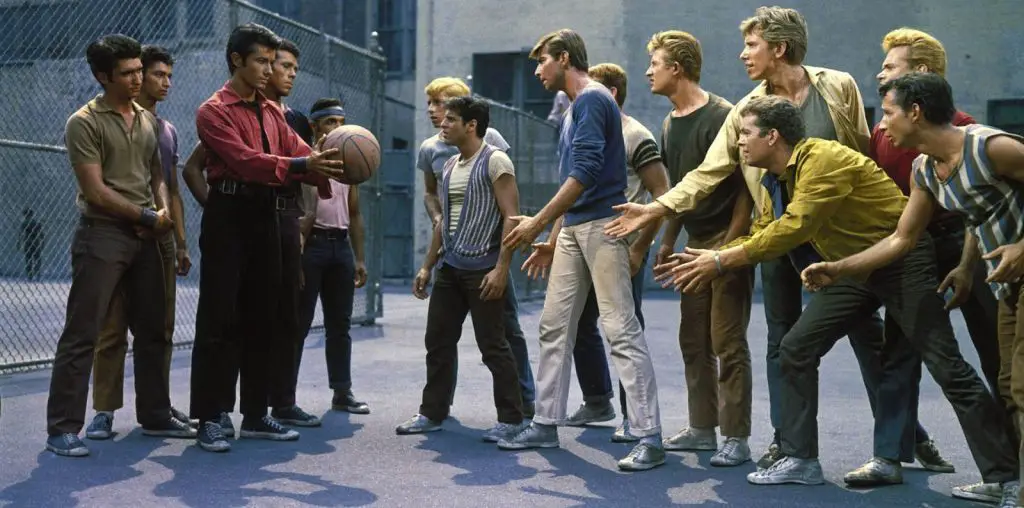
Before Trey Parker and Matt Stone, John Lassetter and Andrew Stanton, John Kricfalusi, Hayao Miyazaki, Don Bluth, Chuck Jones and Walt Disney, there was Winsor McCay. Sadly unknown to many in today’s audience, McCay was a pioneer in both comic strips and animation long before both fields matured into the robust industries they are today. His signature comic strip, “Little Nemo in Slumberland,” became the basis for his first cartoon, which he drew completely by himself and released in 1911. Gertie the dinosaur, his other best known character, made her debut in 1914.
This DVD release by Image Entertainment contains a treasure trove of material for McCay fans. The centerpiece is a 94-minute presentation of his cartoons, complete with the brief silent films that originally preceded some of them when they played in theaters. “Little Nemo,” for example, was the result of a bet he made with some friends that he could make his comic strip move, and the silent short that introduces it dramatizes the tale with the help of actors working in the film business at the time. Image also included chapter stops for those who want to go directly to their favorite cartoons.
While many silent films look terrible on DVD because their rights are usually in the public domain, which means any company can slap one on a disc and peddle it to unsuspecting customers, Image made sure McCay’s work is presented as clean and clear as possible, thanks to help from the National Archives of Canada. For example, compare the silent footage at the beginning of “Little Nemo” with the same shots shown in the documentary that’s also on this disc and you’ll see an astounding difference. The work is right up there with the masterful job done by Kino on their release of Fritz Lang’s classic silent film “Metropolis.”
In addition to the shorts starring Gertie and Nemo, this DVD also showcases McCay’s other cartoons, such as “The Centaurs,” which McCay expert John Canemaker muses during his commentary was a likely source of inspiration for Disney’s “Fantasia;” a dramatic recreation called “The Sinking of the Lusitania,” which tells the story of a passenger ship torpedoed by a German submarine during World War I; and the animator’s later work, such as “Bug Vaudeville” and “The Flying House.” Those looking for other Disney connections may also want to examine the Lusitania film, which shares rhetoric that’s strikingly similar to the propaganda films created by Uncle Walt’s crew during World War II.
Canemaker’s commentary is an optional feature that runs through all of the cartoons. He’s obviously a long-time fan and student of McCay’s work, which he demonstrates as he doles out plenty of interesting facts and tidbits about the man, who was a bit enigmatic given that he toiled during an era when cartoons and comic strips were more novelty than big business. In addition, he directed the 18-minute “Remembering Winsor McCay” documentary that’s also contained on this disc. It was made in 1976 and features remembrances by John Fitzsimmons, who assisted McCay on his early cartoons when he was a teenager. While the audio and video could use a good clean-up, this featurette still holds plenty of value for the fans. A gallery of stills, which plays like a video and offers a caption for each image, offers not only snapshots of McCay with family and friends but also newspaper articles from the time period, his diary entries, and more.
As Canemaker notes several times during his commentary, McCay billed himself as the inventor of “animated drawings” when he wasn’t actually the first artist to create a cartoon. However, you could argue, as Canemaker does, that McCay was the father of modern day animation because he stretched the boundaries of the medium, introducing anthropomorphic characters—a concept that persists to this day—and tackling everything from the horror of the Lusitania’s sinking to the whimsical lightness of a centaur family cavorting in a forest.
McCay fans should have no reservations about snapping up this Master Edition of the animator’s work. As for everyone else, well, if you’re a fan of animation, you owe it to yourself to at least rent this disc and learn something about the guy who paved the way for everything that’s come since, whether you’re talking about “Bambi” or “South Park.”
